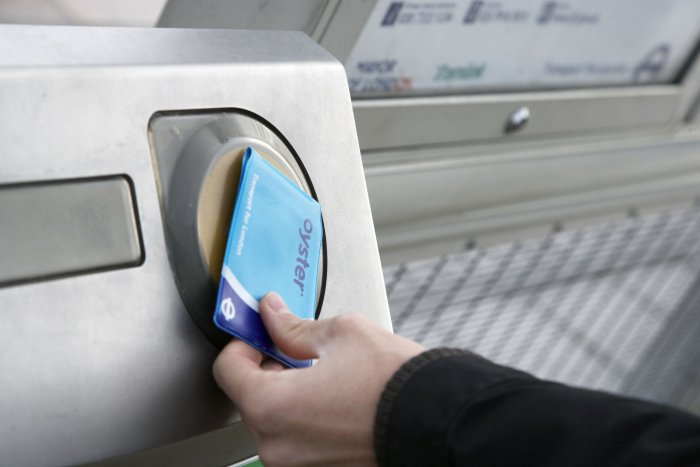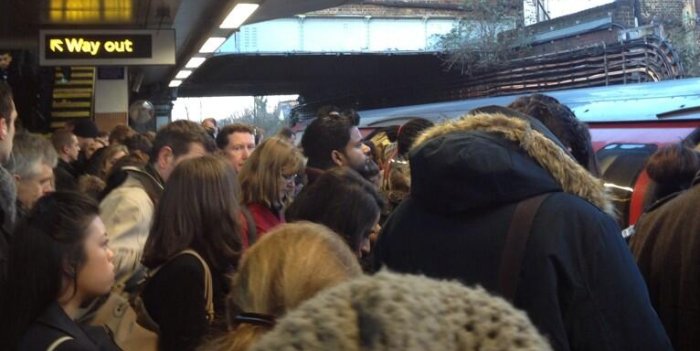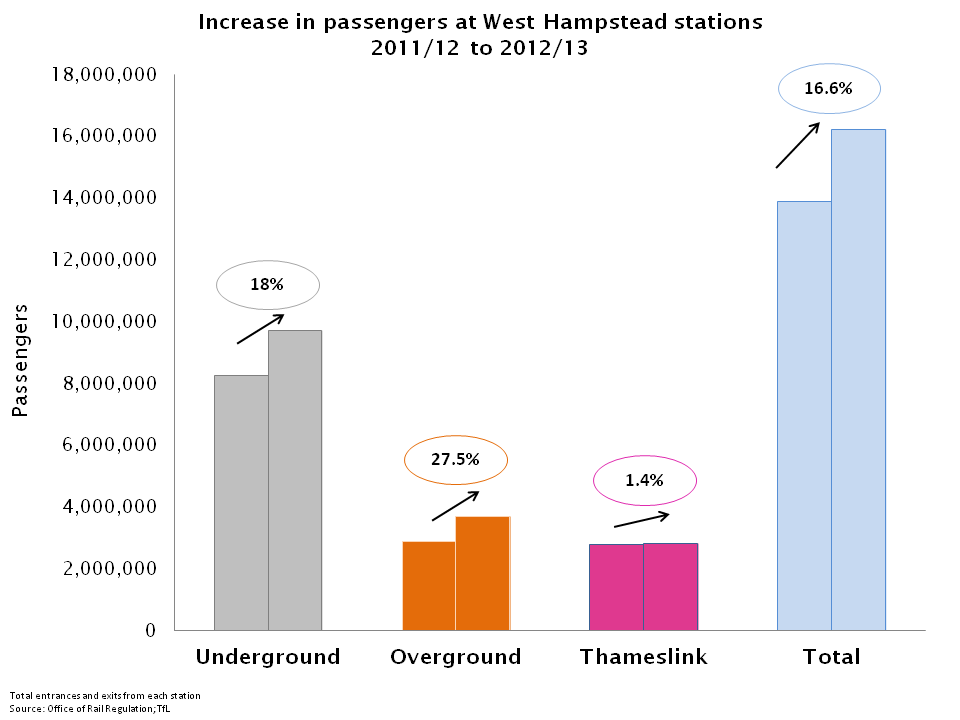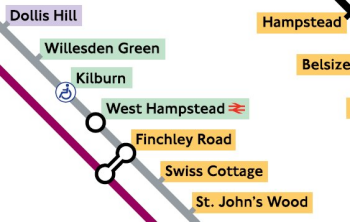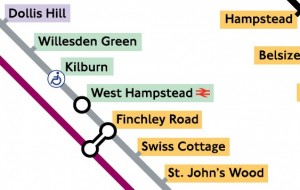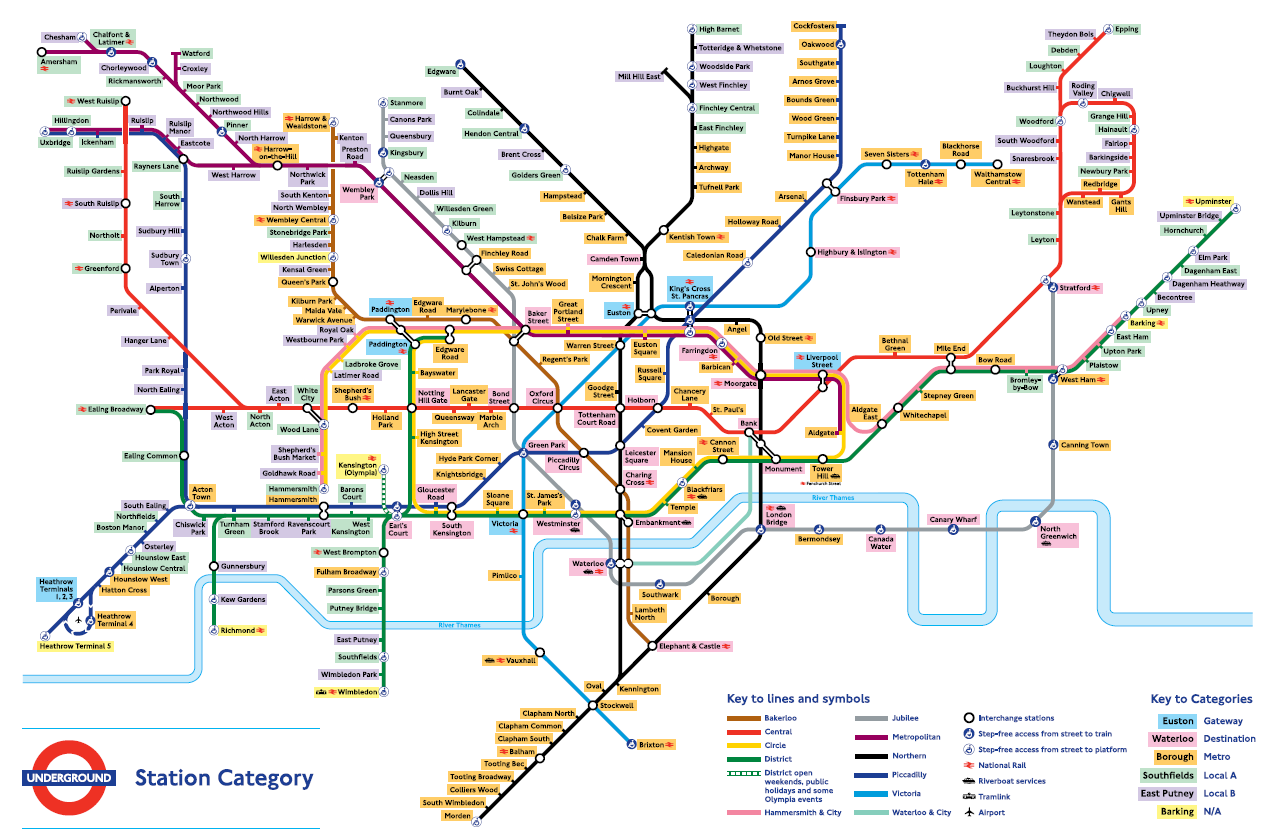Here it comes, as seasonal in its way as twinkling fairy lights and Christmas shopping: TfL’s annual announcement about ticket price rises.
How will the changes affect the average West Hampstead resident in January? If you commute by tube into central London each day, a weekly Zone 1-2 Travelcard will increase by 2.2%, meaning a 7-day pass will now cost £32.10 instead of this year’s £31.40. The Zone 1-2 one-day travelcard is abolished, and the minimum one-day card is now for zones 1-4, which comes in at £12, as TfL tries to get even more of us to use Oystercards.
The cost of a 1-2 monthly travelcard will be £123.30, up from the £120.60 it is today. Don’t forget that if you use travelcards, it’s cheaper to buy it to start before January 2nd!
TfL does attempt to sweeten the pill with a nod to flexible and part-time workers by cutting the pay-as-you-go daily fare caps from £8.40 (peak) and £7.00 (off-peak) to £6.40 for journeys within Zones 1 and 2. However, this will not make any difference if you simply travel to and from work each day and do not make any additional journeys, as a return journey will come in at £5.80, which is less than the daily cap anyway. There’s no great benefit for most people of opting to use only contactless by the way – it generally costs the same as Oyster fares apart from in some particular circumstances.
There’s an increase of 3.4% on bus fares, with a pay-as-you-go single fare on Oyster rising to £1.50. TfL is also reintroducing a one-day bus (and tram) pass for £5, but you can’t buy it on board.
For those who only take the occasional trip into town at weekends and off-peak times, the cost of a single Tube journey on Oyster will go up by 10p to £2.30.
The full table of new fares can be found here. For a broader analysis, The Diamond Geezer blog has an excellent and detailed overview of what these changes mean for Londoners generally.
